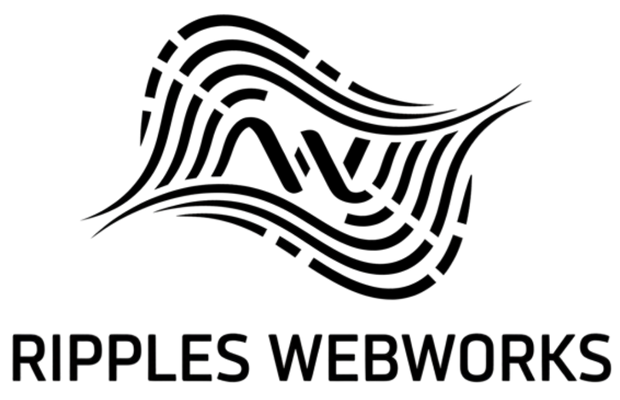Co-Design and Build Custom Learning Products
From concept to launch, collaborate with our experts to develop bespoke learning & development solutions – faster, smarter, and aligned to your vision.

Component Library Showcase
When building a custom learning product, you shouldn’t have to reinvent the wheel for every feature. That’s why we bring a Component Library Showcase – a collection of pre-built, customizable components that can plug into your L&D product. These are the building blocks that accelerate development while ensuring high quality.
Imagine you’re creating a new learning portal or app for your organization. Common components might include: interactive quiz modules, video lecture player with captions, gamified badges and leaderboards, social learning discussion boards, analytics dashboards, and more. Through our showcase, we demonstrate a variety of such components that we have developed and refined over time. For each component, we can show you a live example or screenshot.
For instance, one component is a “Scenario-Based Quiz” widget. Instead of a plain multiple-choice, it allows branching scenarios with rich media – users make a choice in a scenario and get immediate feedback plus a next scenario based on their choice. We have this as a module that can be branded and tweaked to your content. Another component could be a Mentor Chatbot – an AI-driven chat interface where learners can ask questions and get answers from a knowledge base or even a GPT model. Rather than coding that from scratch, we have a template that we adapt to your context (with your Q&A data or with an appropriate AI model and guardrails).
By showcasing these, you get to see and feel features before deciding on them. It’s like walking through a Lego catalog before building your unique set – you see all the cool pieces available. This often sparks ideas: maybe you hadn’t considered a leaderboard, but seeing one in our library makes you realize a friendly competition element could boost engagement in your product. Or you see our library of 20+ microlearning templates (flash cards, drag-and-drop activities, short games) and you can pick the ones that suit your audience.
Using library components offers several benefits: speed (they’re already built and tested), proven UX (they’re designed based on learning science and user feedback, so you’re not guessing what works), and compatibility (each component is built to integrate smoothly into modern web or mobile learning platforms). They are also responsive (work on phones, tablets, desktops) and meet accessibility standards out of the box, which saves a lot of effort.
During our co-design sessions, we effectively drag and drop from this library to compose your solution’s feature set. Of course, everything is then tailored – colors, text, content, and any logic specific to you. It’s not off-the-shelf, it’s jump-started. If none of the existing components fit a particular need, that’s where custom development comes in – but at least we narrow it down to those truly unique aspects.
We often present the library in an interactive demo environment where you can play with each component as a learner and as an admin. This showcase builds confidence that “Yes, we can have a high-quality product because so many parts are already known-good.” It also shortens the ideation phase; you can mix and match components like a kid in a candy store, rather than describing something abstractly from scratch.
To give an example scenario: say you want a “competency tracker” feature in your product where employees see progress on various skills. In our library, we might have a Skills Progress Tracker component – a visual bar for each skill that fills as learners complete certain activities or ratings. You might say, “Great, but can we have it also show the target level and maybe a peer average?” Since we have the base, we can tweak and extend it easily to match that request, instead of coding it entirely anew. This is akin to using an existing engine in a car and just customizing the chassis to your style, rather than building the engine and everything from scratch.
In summary, our Component Library Showcase is about maximizing reuse without compromising uniqueness. You get to see the possibilities, choose what fits, and trust that behind the scenes, these pieces are robust. It’s a key part of how we deliver custom products faster and more cost-effectively, while still tailoring the final experience to be distinctly yours.
Client Ideation Workshop Outline
The best custom products are born from creative collaboration. Our Client Ideation Workshop is a structured yet open forum to capture your team’s ideas, needs, and vision for the learning product. We facilitate this workshop (or series of workshops) early in the project to ensure we’re building the right solution. Here’s an outline of how we typically run it:
1. Context and Goals (Opening)
We start by aligning on the challenge at hand. For example, “How might we create a learning experience that onboards new employees faster and more engagingly?” We review any initial requirements you’ve stated and also the learner personas or audience. This sets the stage and gets everyone thinking from the user’s perspective. We might present a brief competitive analysis or inspiration: “Here are 2-3 examples of innovative L&D products in the market” – just to spark ideas and show what’s possible.
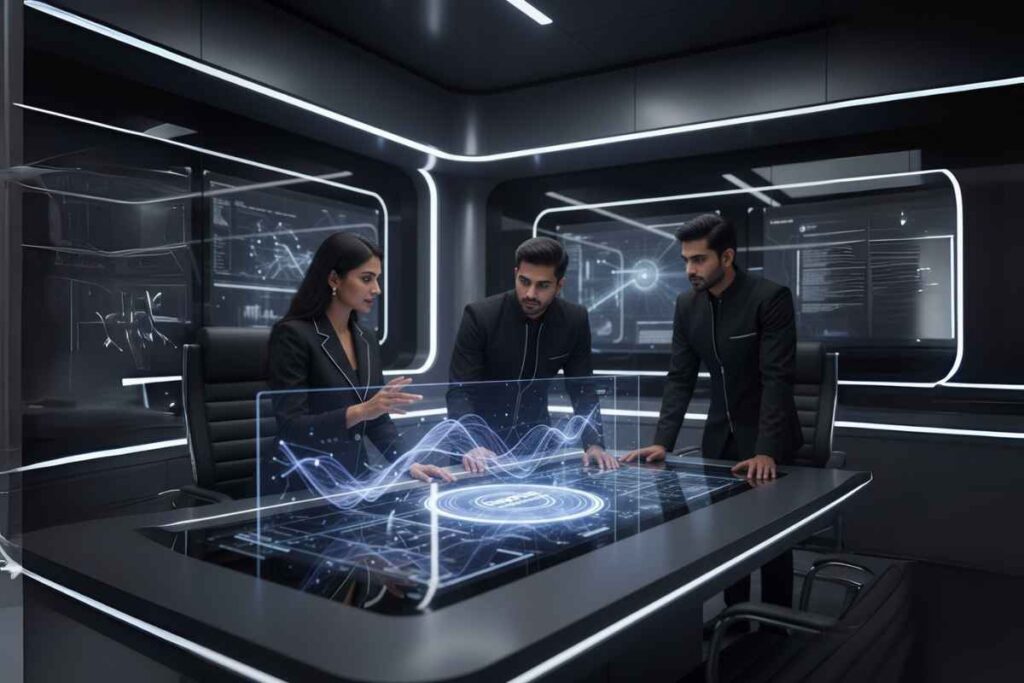
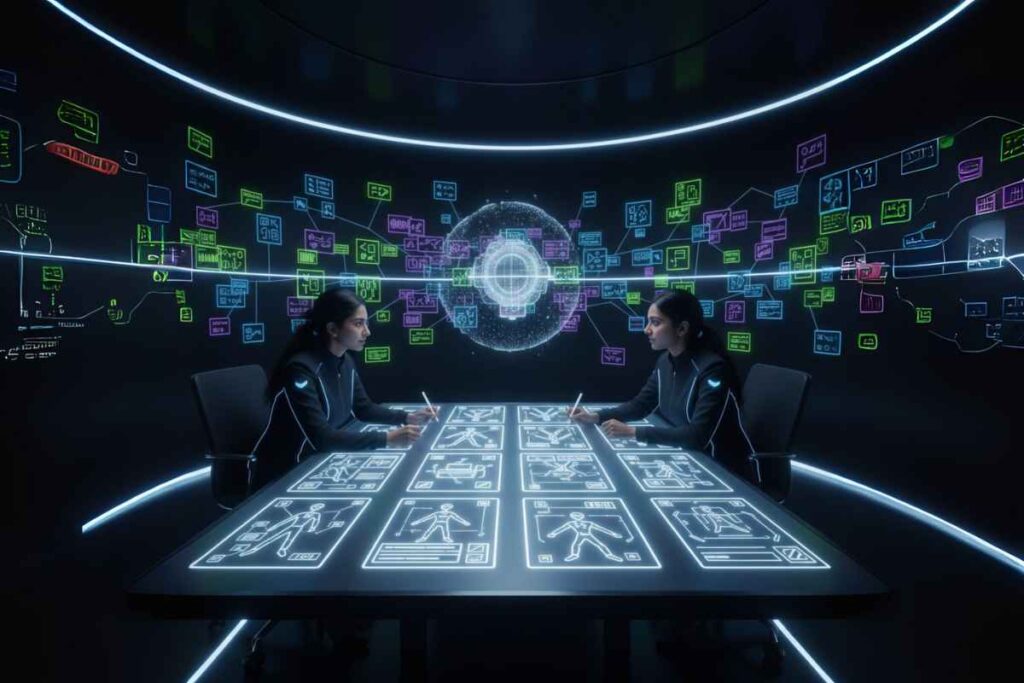
2. Brainstorming Session
We then move into creative brainstorming. Using design thinking techniques, we encourage wild ideas and defer judgment at this stage. One method we love is Crazy 8s – each participant sketches 8 quick ideas in 8 minutes for key screens or features. It’s rapid and gets creative juices flowing (and yes, stick figures are fine!). Another activity is Idea Post-its: everyone writes as many feature or improvement ideas as possible on sticky notes – one per note – and sticks them on a wall (or virtual whiteboard). For example, someone might jot “AI mentor that suggests learning content” or “Community forum for peer Q&A” or “Integration with our CRM for sales learning in the flow.” The key here is quantity and diversity of ideas. In our experience, the best ideas often come from the blend of client’s deep knowledge of their learners and our team’s experience in ed-tech – so we make sure all voices are heard.
3. Grouping and Discussion
Once we have a bunch of raw ideas, we group them into themes. Often patterns emerge, like a cluster around social learning, another around content personalization, another around analytics/admin tools. We give each cluster a name and discuss: “It seems there’s a strong interest in community and coaching features” – what’s the core need here? Maybe the need is “ensure new hires aren’t left alone, they have support”. We might identify which ideas in that cluster seem most promising or essential. At this point, some initial prioritization may happen organically as everyone nods to certain ideas being really aligned to the goals.
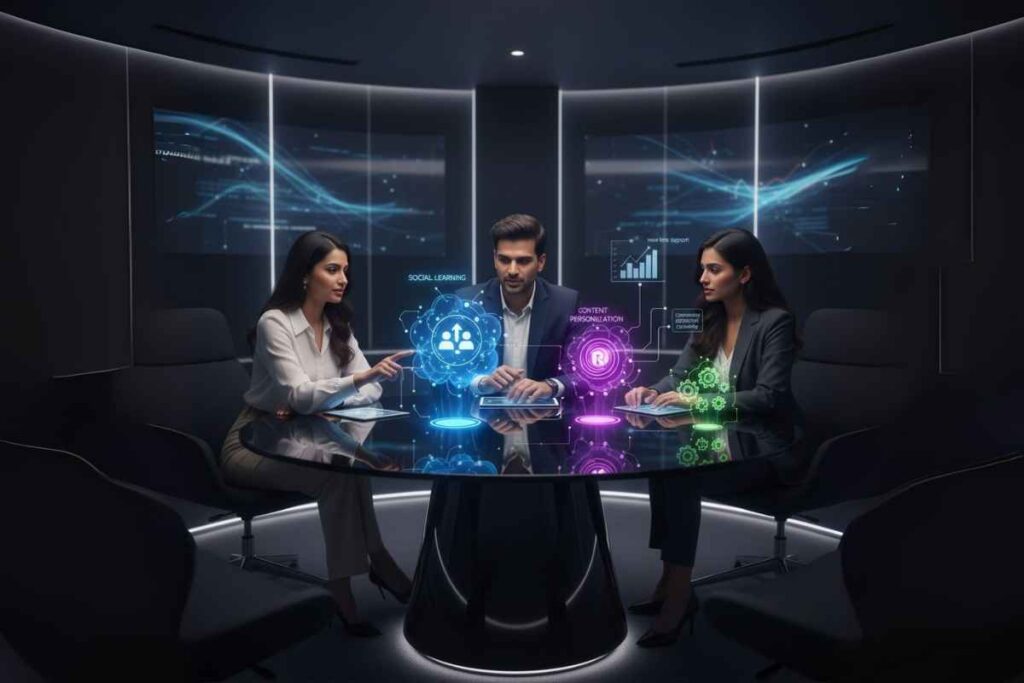
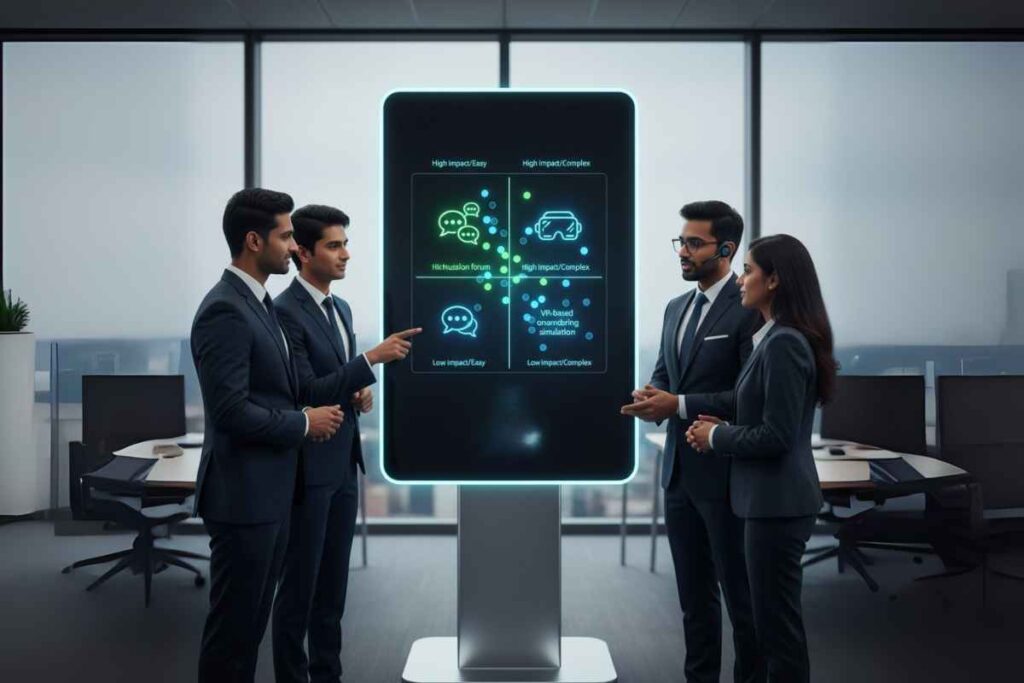
4. Prioritization Matrix
To systematically evaluate, we use a simple Impact/Feasibility matrix or dot voting. Each participant gets some dot stickers (or virtual dots) to vote on the ideas they believe are highest impact for the learners or the business. We also weigh feasibility – our technical experts will comment if something is straightforward vs cutting-edge (not to shut it down, but to mark it as maybe a longer-term item). This results in a rough sense of low-hanging fruit (high impact, easier to do) versus big bets (high impact, but might be complex or expensive). For instance, implementing a discussion forum might be high impact and relatively easy (we have a component for it), whereas “VR-based onboarding simulation” might be high impact but much more complex. The group sees these distinctions and can decide accordingly.
5. Storyboarding the Experience
Now we take the top ideas and start fleshing out how they fit together in the user journey. We literally sketch a storyboard or user journey map: “A new employee logs in… what do they see first? Then what?” Perhaps the storyboard goes: Login -> Personalized dashboard (idea from cluster: show their role-based learning path) -> they take a first course (feature: interactive video player with quizzes) -> they have a question and go to community forum (feature: discussion board) -> system recommends next activity (feature: AI recommendation engine) -> manager gets notified of their progress (feature: manager dashboard). By visualizing the flow, we ensure the ideas integrate into a coherent product. We identify touchpoints, roles (learner, manager, admin) and how each interacts.
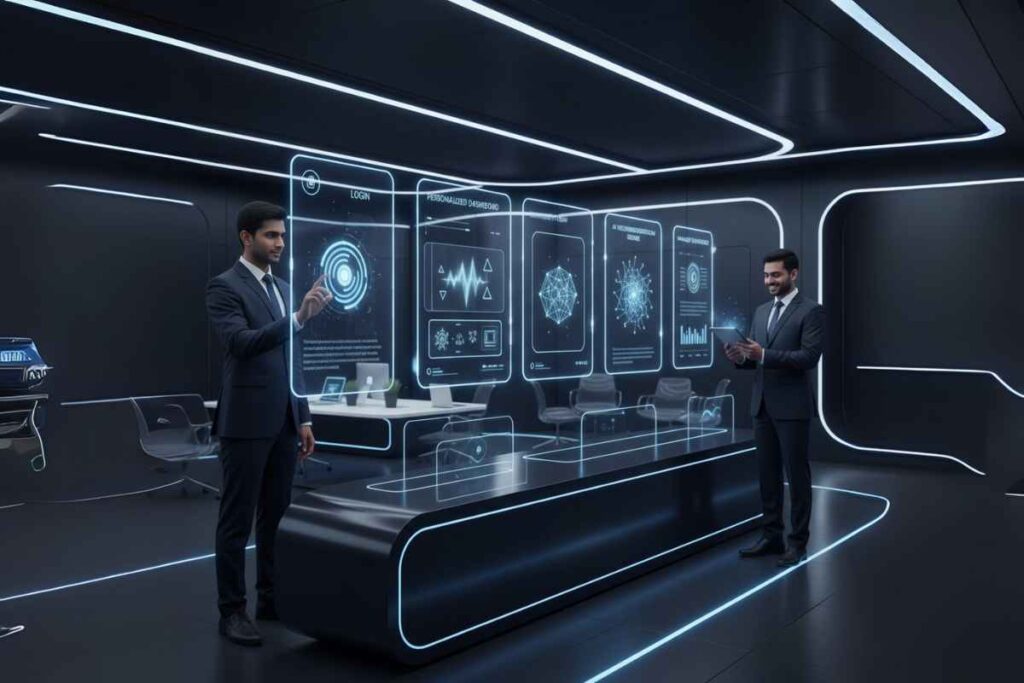

6. Defining the MVP (Minimum Viable Product)
Finally, we converge on what should be in the first release versus later. Based on the prioritization and storyboard, we outline the MVP feature set. For instance, “Okay, for Phase 1, we will include the personalized dashboard, content library with quizzes and videos, basic forum, and manager progress view. We will not yet include the AI mentor chatbot or the VR simulation – those can be Phase 2.” We also define success criteria for the MVP: e.g. “Employees can complete onboarding in 30 days via the platform and report satisfaction of X in feedback surveys.” This gives us a clear target to build and measure against.
Throughout the workshop, our role is to facilitate and also inject our expertise. If there’s a challenge raised (“our salespeople are always on the move, hard to get them to sit for training”), we might suggest ideas (“how about a mobile microlearning app that sends them daily 5-min modules?”) to stir discussion. We also ensure we address pain points of all stakeholders (learners, content creators, admins) so the product serves everyone’s needs in balance.
After the workshop(s), our team synthesizes the outcomes into concrete deliverables: a concept document, feature list, initial wireframes or sketches from the storyboard, and of course the prioritized backlog for development. Clients often tell us this process is not just about building a product – it helps them clarify their learning strategy and imagine new possibilities. It’s energizing and ensures buy-in, because the solution concepts come from the client team as much as from us, making it truly co-created.
In essence, the Client Ideation Workshop ensures we start on the right foot: user-centered, imaginative, yet aligned with business goals and practical constraints. It’s a fun, creative journey that lays the foundation for all subsequent design and development work, and it’s a cornerstone of our custom L&D product development approach. By the end, everyone in the room can see a shared vision of the product we’re about to bring to life, and that alignment is invaluable.
